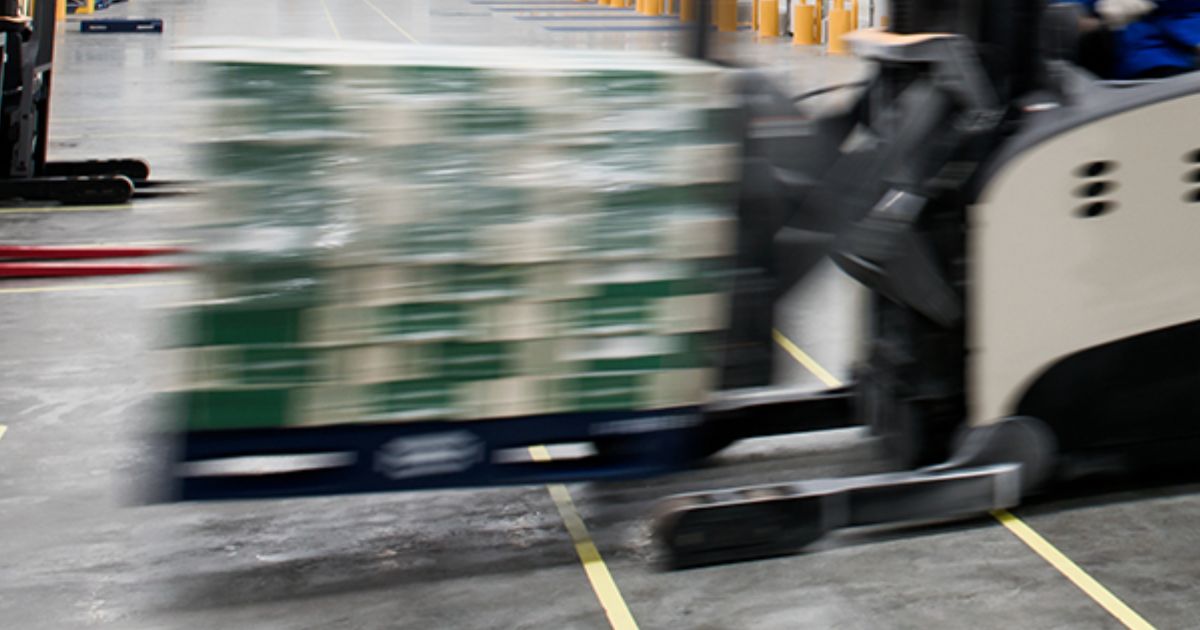What happened
In a seafood processing facility, a forklift operator moving frozen product lost visibility due to condensation on the windscreen. While reversing, he struck a pallet stacked with cartons of frozen product. The load toppled and injured a nearby worker who was sorting stock. The incident could have been much worse had the forklift struck the worker instead of the pallet.
What we learned
An investigation found that the forklift’s demister was faulty, and the operator had been under pressure to meet a tight unloading deadline. The area was also poorly organised, cluttered with stock, increasing the chances of a collision. The forklift driver later also said that he felt he had “no time” to raise the forklift’s maintenance issue due to the high volume of work.
Tips and tools
Workplaces must comply with Safe Work Australia’s Code of Practice for managing risks in warehouses and food processing facilities. Forklifts should undergo pre-operation checks before each use, and defects must be reported and repaired immediately. WorkSafe guidelines emphasise separating pedestrian walkways and forklift zones, using high-visibility markings and signage. Employers should ensure appropriate lighting, clear walkways, and regular maintenance of visibility aids (e.g., mirrors, demisters). Fatigue and time pressure are key risks – daily toolbox talks and realistic shift planning can help reinforce safety over speed. Ensure incident records are kept and reviewed in accordance with state WHS laws.
For more information on practical safety ideas from AMSA, click here.

